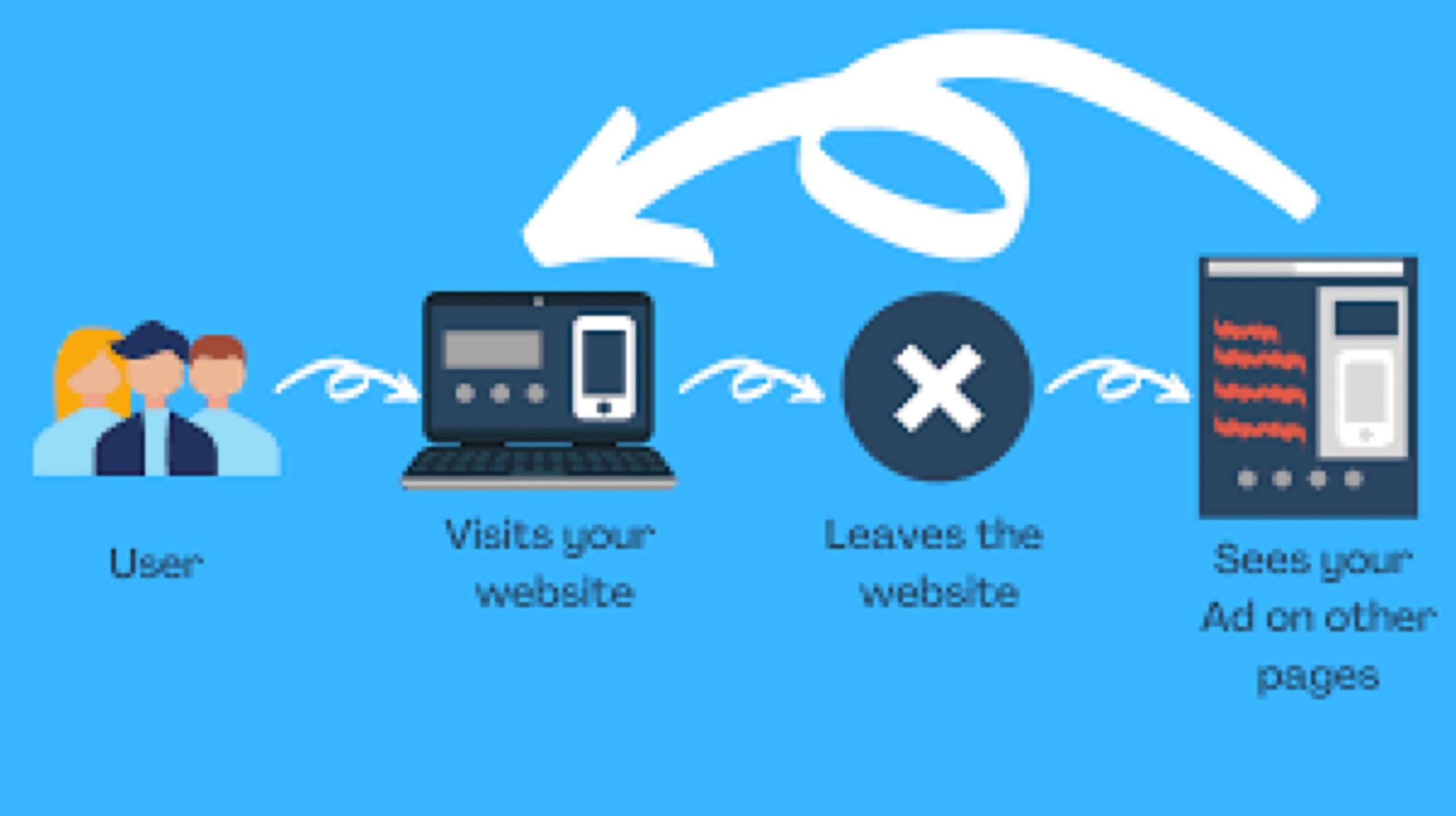What Is Retargeting?
Your on-line enterprise has attracted the activity of achievable customers, however they are simply no longer geared up to spend cash with you yet. According to a latest study, ninety two percentage of shopperswho go to a brand’s internet site for the first time do so for motives different than buying. If they do go awaybesides spending any money, it can be very challengingcertainly to attain them again.
This is the place you can use retargeting (also regardedas behavioral retargeting) to deliver manageable clientslower back a 2nd time around, riding uptake and growing income for your business.
What Is Retargeting?
Retargeting is a way of serving doable clients with adverts as soon as they have expressed an pastime in your merchandise or services. Based on their conducton your site, you would understand what merchandiseor offerings they have expressed an activity in, which permits for a a great deal greater diploma of personalization inside this retargeting marketing.
Retargeting is exceptional to remarketing though. Retargeting entails focused on advertisements to your website’s site visitors as soon as they are on the wider web, whilst remarketing refers to re-engaging clients in general thru e-mail marketing. Dynamic retargeting, meanwhile, lets you exhibit man or woman trafficcommercials that incorporate precise merchandise and offerings that they seen on your internet site or they may be fascinated in.
How It Works
The most frequent kind of retargeting adverts is regarded as pixel-based retargeting, which locations a piece of JavaScript (a ‘pixel’) on a consumer’s internetbrowser (meaning their browser is ‘cookied’) when they go to your website. When they navigate away from your site, the cookie tells retargeting structures to serve particular adverts primarily based on the precise web page or product they considered on your website.
This technique is well timed (ads can be retargeted almost right now after a patron has left your website), particular and based totally on behavior. However, the draw back is that it goals a decrease quantity of people, and it can be intricate or time-intensive.
The 2d kind of retargeting marketing campaign is list-based. This works as soon as you already have a customer’s contact data in your database. Upload a listing of your customers’ electronic mail addresses to a retargeting marketing campaign like these located on social networks, and the platform will discover thesecustomers and solely serve the advertisements to them.
This is greater customizable than pixel-based retargeting, due to the fact it is no longer primarily based basically on behavior. The draw back is it is no longer foolproof – a client may additionally use exclusive e-mail addresses to signal up to web sites and for social networking, in which case they won’t see your retargeted ads. It additionally includes you retaining an up to date contacts list. So, it is a long way from perfect.
However, leveraging computing device gaining knowledge of (ML) to interpret records on users’ buyhistories and become aware of patterns in their conductcan assist you predict future buy behavior, and see who are greater probable to buy. So, you can prioritize them when devising your retargeting strategy.
ML can additionally discover patterns and predict adjustments in buying conduct to grant extra correctrecommendations, and analyze long-term searchingbehaviors to distinguish between serious buy intent and simply a informal interest.
What Are Retargeting Best Practices?
1. Segment your audience
Use a information science platform to interpret a largequantity of patron statistics that will assist you achievea deep perception of your website visitors’ alteringbehaviors and interests. You can then create personsegments that align with your objectives.
2. Personalized product recommendations
Show the most applicable products, and that is now notsolely the remaining product that they considered on your site, however additionally the merchandise based totally on their exterior interests. Leverage syntheticGenius (AI) to predict which merchandise they would be most fascinated in buying.
3. Cross-screen targeting
Use AI to predict the first-rate timing and the propersystem your clients use to purchase, growing the threatof conversion.
4. Call to action
Have a clear call-to-action button, linking it to the applicable touchdown web page or product page.
5. Frequency capping
Don’t hit your target audience with the identical advertrepeatedly. Leverage ML to measure the correct varietyof impressions and predict greatest capping with the absolute best click-through rate.
